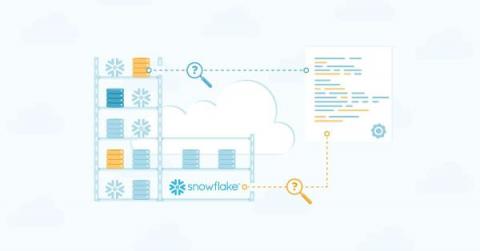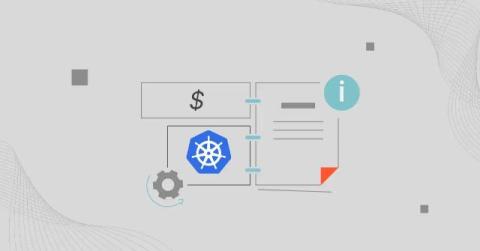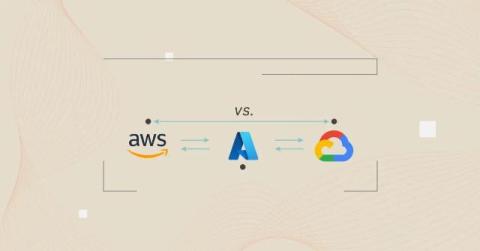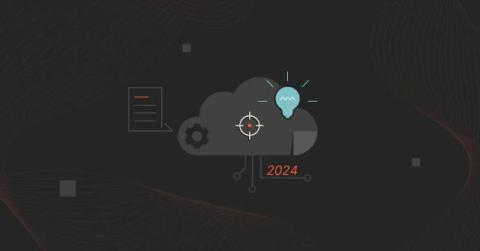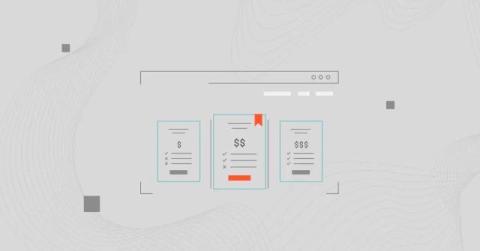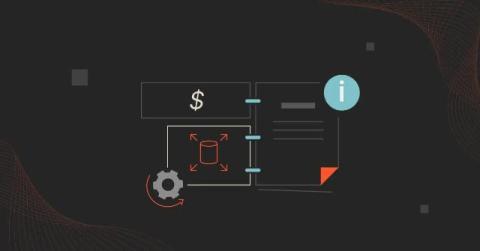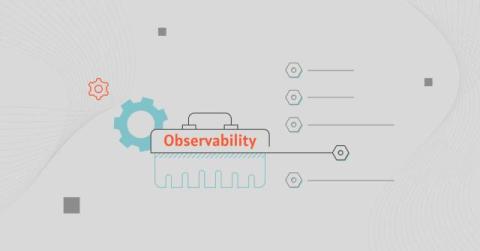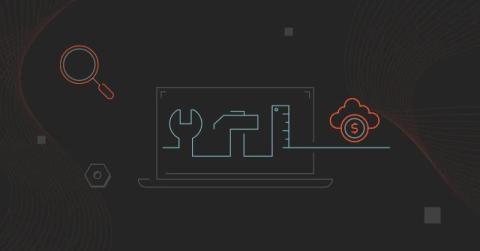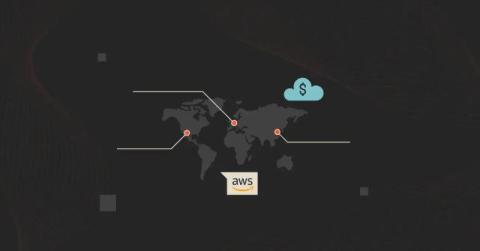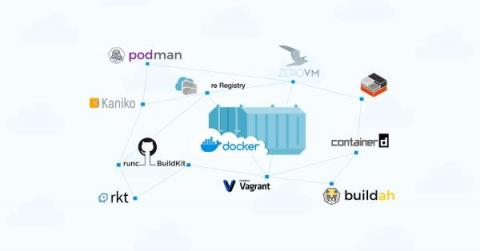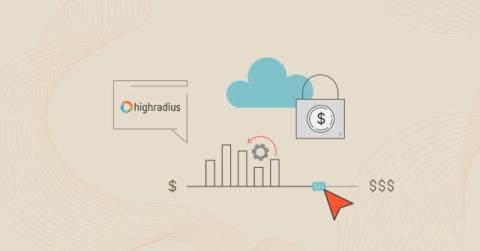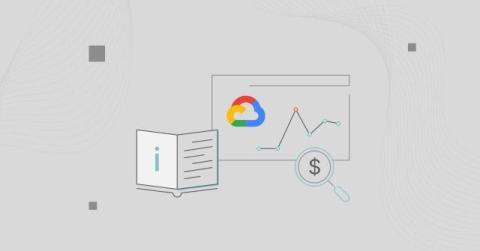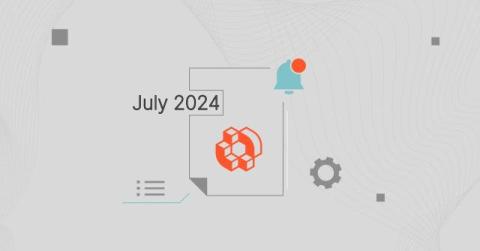13 Snowflake Cost Optimization Strategies And Best Practices To Implement Now
Snowflake has gained significant traction in the data warehousing space due to its unique architecture, flexibility, and ease of use. Heck, after using a legacy approach for some time, we at CloudZero went with Snowflake. While at it, we noticed Snowflake customers express concerns about costs more often than they would like. So, in this guide, we’ll share our best tips for getting the most out of Snowflake without overspending.


